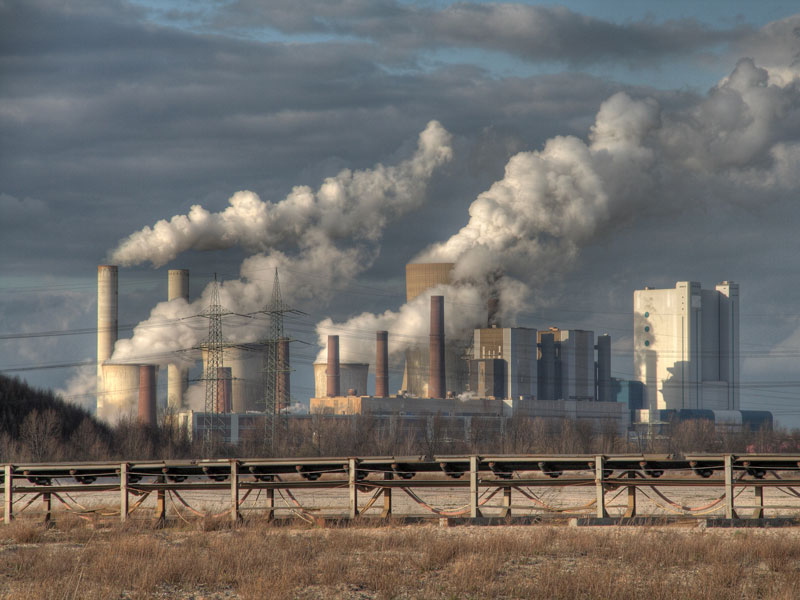Fossil fuels are filling the gap in rising energy demand
A global surge in energy requirements in 2018 meant that the shortfall between supply and demand had to be made up by burning fossil fuels

Last year, the significant gap between energy demand and availability had to be filled by fossil fuels, which pushed carbon emissions to a landmark high in 2018
A surge in global energy requirements in 2018 drove carbon dioxide emissions to record high levels, according to the world’s energy watchdog.
The gap between demand and available energy was plugged predominantly by fossil fuels
The International Energy Agency (IEA) has said in a report released on March 26 that energy demand across the globe rose 2.3 percent last year, the fastest growth rate since 2010. The gap between demand and available energy was plugged predominantly by fossil fuels, which pushed carbon emissions to a landmark high of 33 billion tonnes in 2018. This figure marks a 1.7 percent increase from the previous year.
The Paris-based watchdog confirmed that demand for coal, oil and natural gas all increased last year, the burning of which subsequently contributed to increased emissions. An additional 560 million tonnes of carbon dioxide was released into the atmosphere in 2018, the same amount that is produced annually by the global aviation sector.
China, India and the US saw the largest increases in emissions, while areas such as the UK and EU saw emissions decline in 2018.
Severe fluctuations in weather patterns contributed to the rise in energy demand and emissions, as countries that experience extreme temperatures in summer and winter relied more heavily upon domestic heating and air conditioning systems.
While renewable power generation grew around seven percent last year, this was not enough of an increase to keep pace with the rise in energy demand. According to the report, growth from wind and solar in 2018 only met around 45 percent of the increased energy demand.
Globally, renewable sources such as wind, solar, hydro and biopower accounted for 26 percent of energy generation, while coal made up 38 percent of the total.
The IEA has identified coal as the “single largest source of global temperature increase,” accounting for a third of the rise in emissions last year.
“Despite major growth in renewables, global emissions are still rising, demonstrating once again that more urgent action is needed on all fronts — developing all clean energy solutions, curbing emissions, improving efficiency, and spurring investments and innovation, including in carbon capture, utilisation and storage,” said Dr Fatih Birol, the IEA’s executive director, on the organisation’s website.
Not only does the use of fossil fuels to meet additional energy needs negate progress made in the renewable energy field, but its polluting effects also take us further away from achieving climate goals set out in the Paris Agreement.
Ironically, part of the reason that energy demand has increased is to counteract the impact of climate change – scientists believe that more extreme weather patterns are a product of global warming. By burning fossil fuels to power domestic heating and cooling systems, and producing more emissions, we are exacerbating the original issue. It is therefore imperative than energy demand declines, or renewable energy output increases to make up the shortfall, lest we find ourselves entrapped in a vicious cycle of ever-increasing fossil fuel use.













